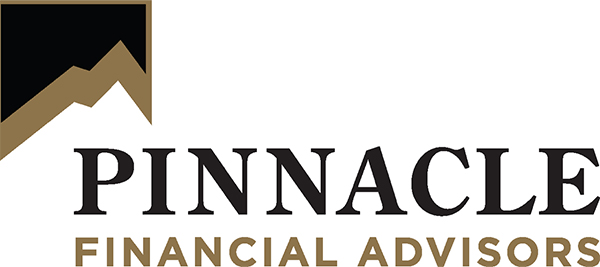
Which one is the right fit for you?

It is important to research some of the options available for using your small business to fund your retirement while you’re running it.
STEP 1: EVALUATE YOUR NEEDS
In most cases, the cost of opening and administering a plan is pretty small. And you could get a tax credit of up to $500 just for setting up a plan! But where do you start?
- Is it just you or employees too? The first thing is to ask yourself is who you want to cover. Is it just you and your spouse? Do you have a business partner? Or do you also plan to offer the plan to employees? If so, how many employees?
- What is the cost? The cost of setting up a plan can range from minimal, such as in MyRA or SEP IRA, all the way up to a few thousand dollars or more to establish and maintain a 401(k) or a pension.
- What about contributions? Will you make all the contributions to the retirement plan, or will the employees contribute, or do you want to share the contributions between the company and the employee?
- What is the main goal? Are you setting up a plan to focus on your own retirement plan? Or is it to attract new employees and offer a retirement benefit to existing employees?
.
STEP 2: PICK A PLAN TYPE
Here is a list of seven types of popular retirement plans for small business owners, ranked in order from the simplest and least costly to the more complex and expensive:
- MyRA: If you have no other retirement plan, and you don’t expect to contribute much, this is the account for you. Designed mostly for young savers and the self-employed, a key advantage is you can take your money out with no penalties but will pay tax on the earnings you withdraw if you take it out before you’re 59-½. The downside is you can only contribute up to $15,000 per year and you can only invest in government bonds.
- SEP IRA: This is a tax-deductible retirement plan similar to a traditional IRA and great if you’re the company’s only employee. It doesn’t matter how few employees you have or whether your business is structured as a sole proprietorship, partnership, corporation or nonprofit. It is easy to set up and contributions are made by the employer only and are tax-deductible as a business expense. You can decide each year how much you will contribute on the employees behalf.
- SIMPLE IRA: This retirement plan is for business owners with less than 100 employees and are designed for employers and employees to contribute. Employers contributions are tax deductible and the employees’ contributions can be made pre-tax. and taken directly out of employee paychecks, similar to a 401(k).
- SIMPLE 401(k): Best for businesses with less than 100 employees. You and your employees can borrow against the money in your 401(k) accounts and make penalty-free withdrawals due to financial hardship.
- Solo 401(k): Also known as the Self-Employed 401(k), this plan is just for the business owner and not for your employees (except perhaps a spouse). You can only contribute to a Solo 401(k) if your small business has no eligible employees other than your spouse. This plan tends to have more paperwork.
- Pension/defined benefit: The old-fashioned pension plan may be the best plan for ensuring a comfortable retirement and for attracting job applicants to your firm. The benefits of this plan for the employee is that the employer takes on all the investment risk. Unfortunately, the problem with these plans is the cost and paperwork involved.
- Cash balance plan with 401(k): The cash balance plan is a type of defined benefit plan but when combined with a 401k this retirement plan could be beneficial to small business owners who can afford the costs of both. It offers both employer contributions as well as employee contributions, and it allows both parties to manage the investments.
As a business owner, you have a lot of options to consider. A financial professional can steer you into a direction that makes sense for your situation.
